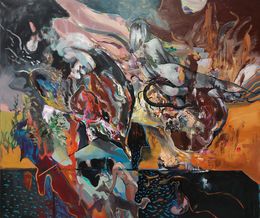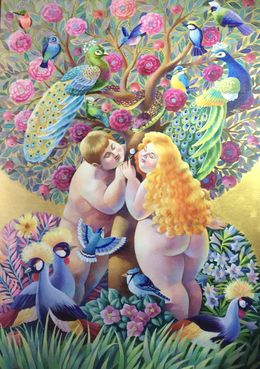
Utopia
Who doesn't dream of an ideal society, where everyone would live happily and in perfect harmony? The word "utopia" was coined by the writer Thomas More in 1516 in his eponymous novel. In this book, he describes an imaginary island and presents the way that it's run as the ideal way to govern a society. Although the term is a neologism, derived from the Greek word for "nowhere", the concept of a paradise dates back much further. Plato, for example, wrote about it with his city "Callipolis". The word gradually evolved into its current meaning of a perfect world, with an underlying implication that such a world is unattainable. In this sense, utopia allows us to reflect on the gap between reality and fiction, and on the possibility of moving towards this idealistic goal.
Artists, on the other hand, generally try to create liveable utopias. Driven by the Industrial Revolution and the rise of modernity, many architects such as Le Corbusier, Boullée and Ledoux have looked at urban planning and the concept of the ideal city, with their ideas often being influenced by Rousseau's social contract. In this ideal city, life and work would be separated, slums would not exist, and overpopulation would no longer be a problem. However, these were unachievable ideas and the social problems they wanted to eradicate remained over time. Artists have also evolved, and their relationship to utopia has also developed. They now question the utopian ideologies of the past in order to assess their relevance today, which Mark Titchner has done, for example. Artists are also trying to develop their own utopian communities, and are engaging more and more in social issues to try to create a better world through their artworks and performances.
Discover the selection of Artsper artworks on the theme of utopia, which will let you imagine an ideal world...
Save your search and find it in your favorites
Save your search to find it quickly
Saved search
Your search is accessible from the favorites tab > My favorite searches
Unsaved search
A problem occurred
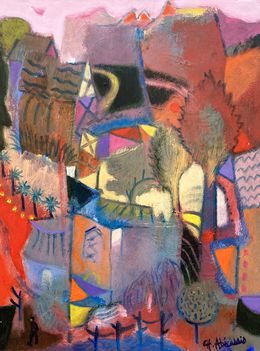
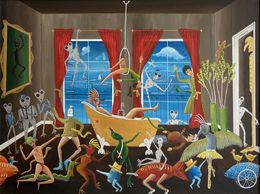

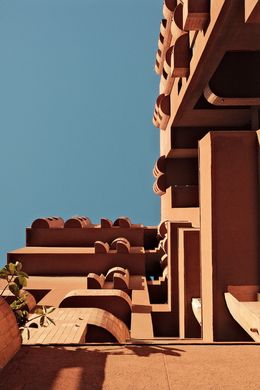



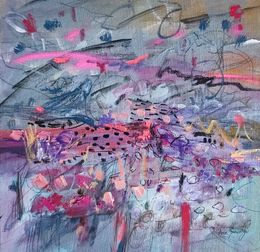
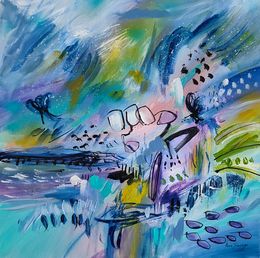


Baptiste Laurent
Fine Art Drawings - 42 x 27 x 0.3 cm Fine Art Drawings - 16.5 x 10.6 x 0.1 inch
$974
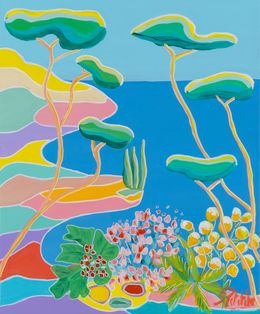
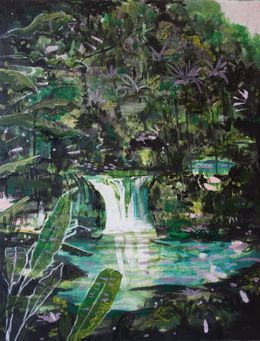

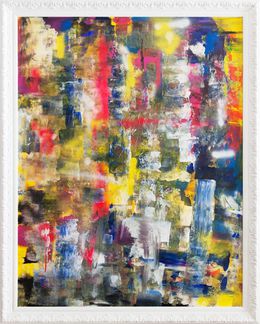
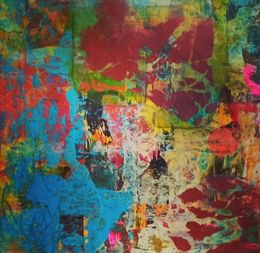
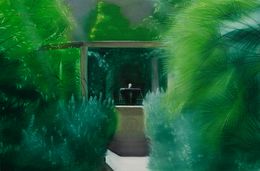
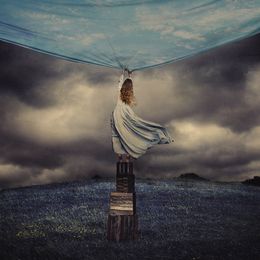
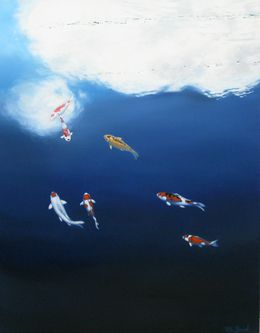
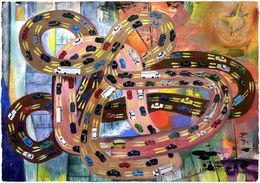

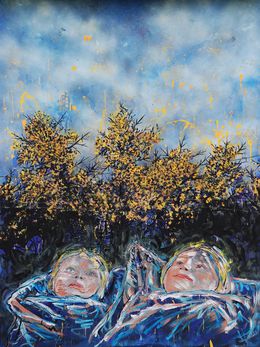

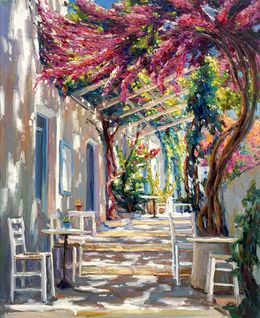



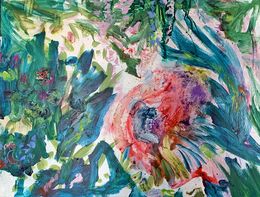





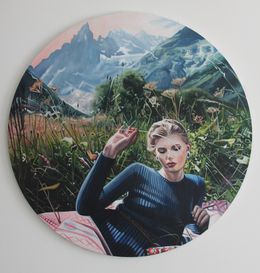





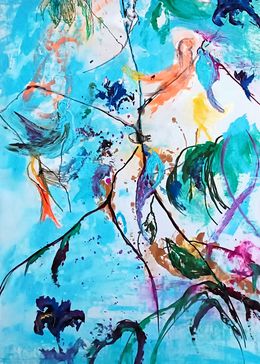
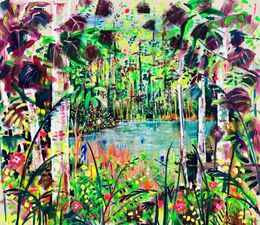
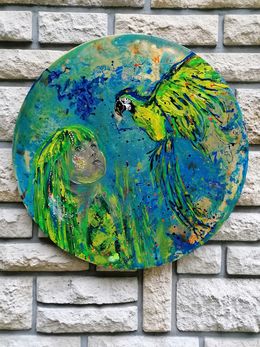
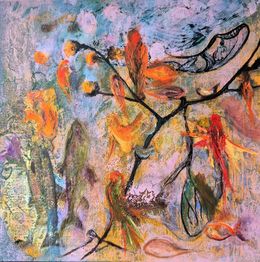






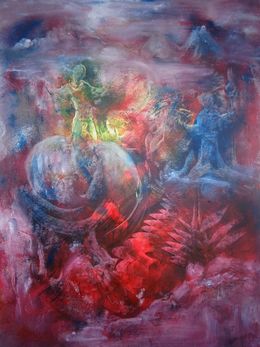

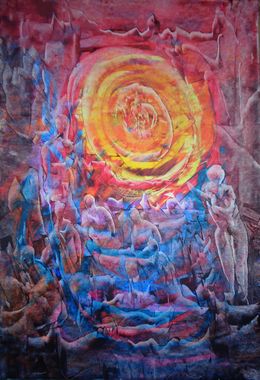
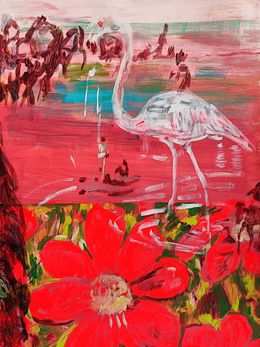
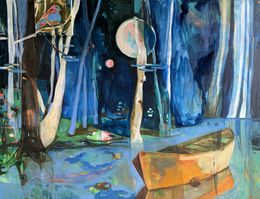
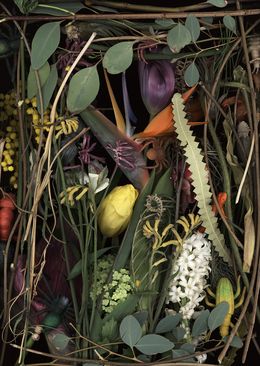

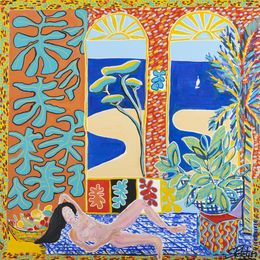
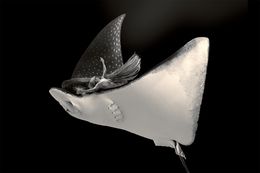




Laurent Anastay-Ponsolle
Fine Art Drawings - 76 x 64 x 0.1 cm Fine Art Drawings - 29.9 x 25.2 x 0 inch
$1,157
